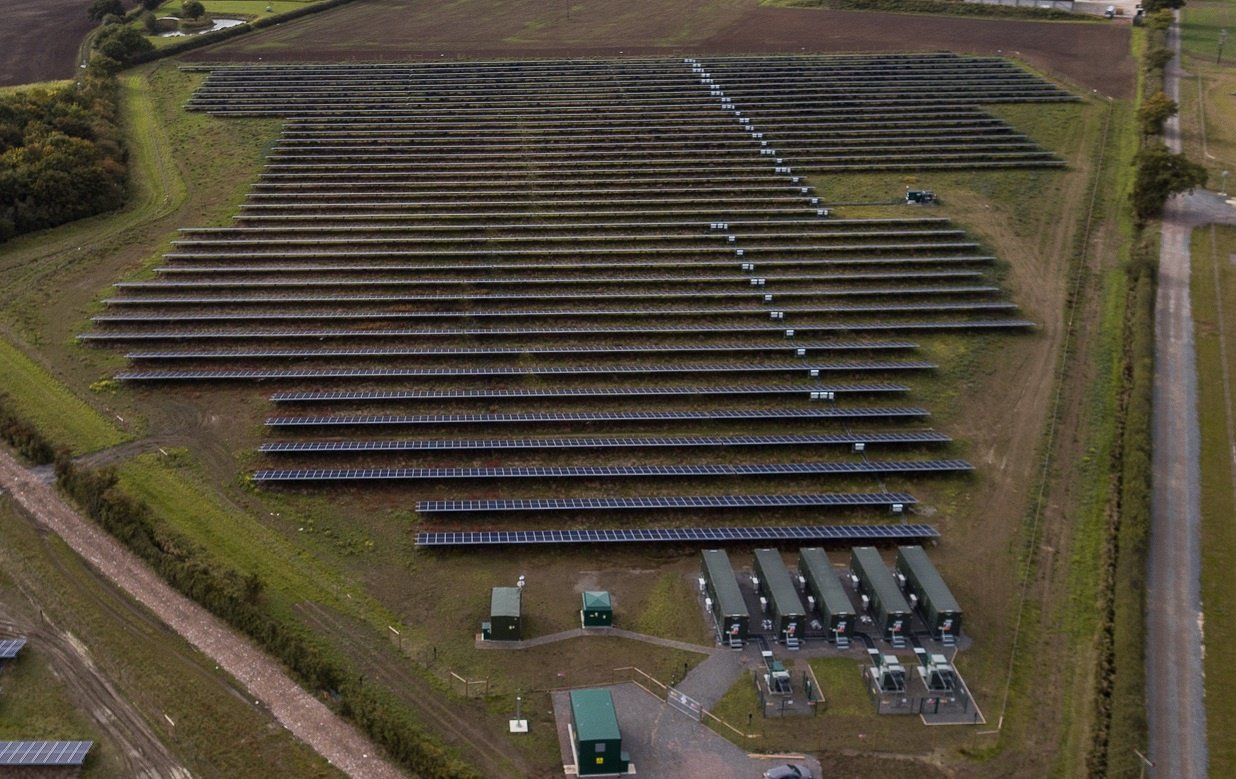Solar PV combined with energy storage represents a “zero-emissions threat” to gas generation in the US, according to a new report from BloombergNEF.
While PV and batteries can perform the same services and “offer similar value” to natural gas power plants, dynamics of the competitive threat posed in the US energy market by solar-plus-storage and different types of gas generation are nuanced, the analysis firm said.
As the US largely transitions away from burning coal to generate electricity, the reliance on gas, which is cheaper and emits less carbon dioxide, is growing. This can be seen in terms of both the utilisation of gas generation and in the building of new facilities. Nearly 90% of the country’s combined cycle gas turbine (CCGT) fleet ran at nameplate capacity for over 24 hours consecutively in 2019, for example.
Even as renewables capacity grows, natural gas plants are being called on to help balance the system, and these power plants have become the “workhorse of the US power generation fleet,” according to BloombergNEF.
However, with over 8.9GW of solar-plus-storage projects in the pipeline in the US and another 69GW of hybrid resources in the queue for interconnection, most of which are expected to be online within three years, utilities increasingly realise that solar-plus-storage plants provide a “viable, dispatchable clean energy resource”.
Stakeholders urged to consider future needs in decision making
While natural gas remains low-priced enough to remain economically attractive in many parts of the US, around 80% of gas peaker plants – only called into action to deal with relatively short periods when electricity demand peaks – were utilised at capacity factors of less than 15% during 2019. Solar PV with storage is already economically competitive against building new peaker plants in much of the country, BloombergNEF found.
Conversely, however, while open cycle gas turbine (OCGT) plants used for peaking capacity therefore have a levelised cost of energy that solar with storage can undercut, particularly in solar-rich parts of the US, competing with CCGTs that typically provide energy and capacity for longer hours is still challenging.
That said, in some of the US, notably in California, the rise in solar penetration is “eating into CCGT operating hours,” requiring the gas plants to shut down and start up again more frequently, increasing their operating costs due to fuel requirements and wear and tear.
As more solar-plus-storage and standalone wind and solar comes online, this dynamic will likely play out in “many markets,” BloombergNEF said. The analysis firm said that the industry, policy makers and investors should “plan for the future rather than current need,” and take this into account. As adoption of renewable energy grows, fewer hours of operation will be required by CCGTs, in other words.
Not only that, but while hybrid facilities of solar and batteries alone may not be able to displace CCGTs, combining a number of different clean energy resources including wind, solar, storage and demand-side flexibility could provide the equivalent service to the gas power plants. BloombergNEF also recognises that while there will still be a “need for some firm capacity in future power systems,” zero or low-emissions to fossil fuel gas should be explored: hydrogen and carbon capture, use and storage are among the “early-stage options” available.
Read more: Energy Storage News




